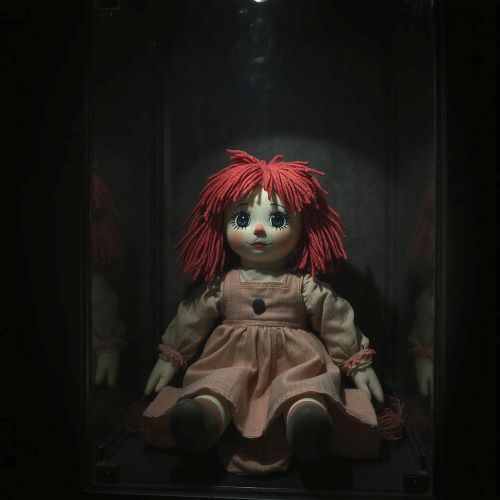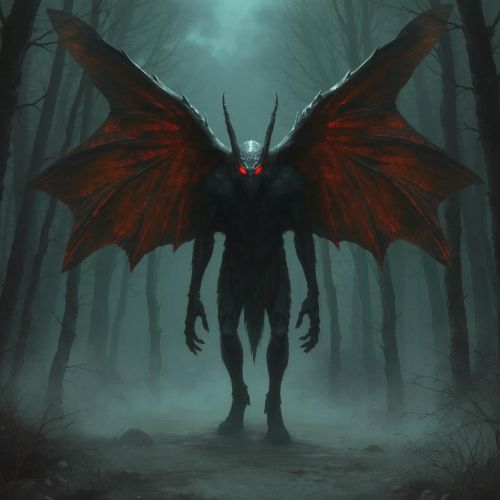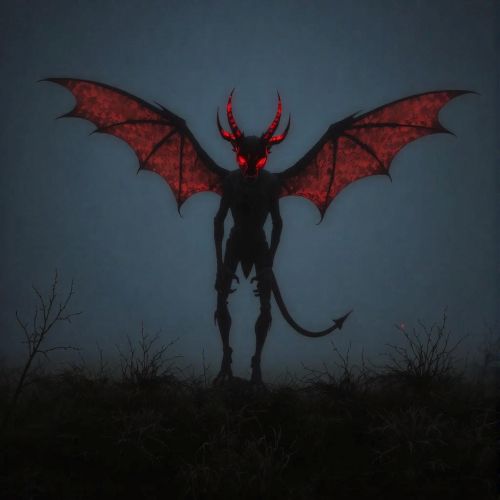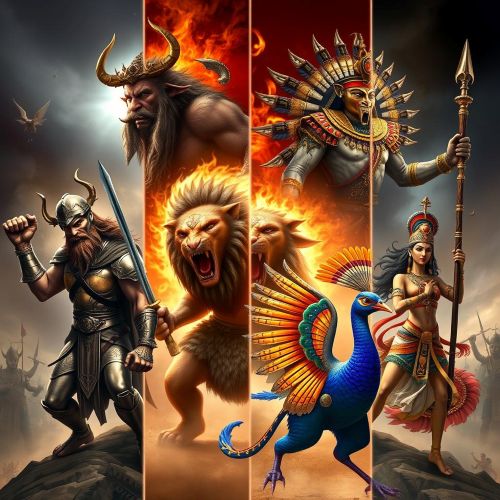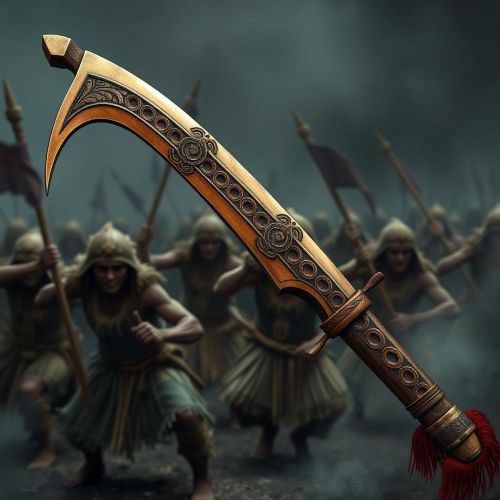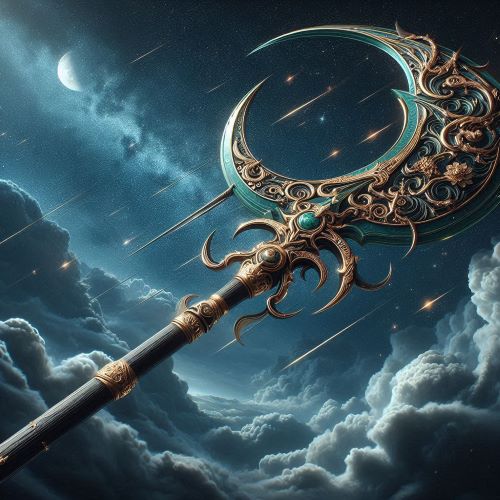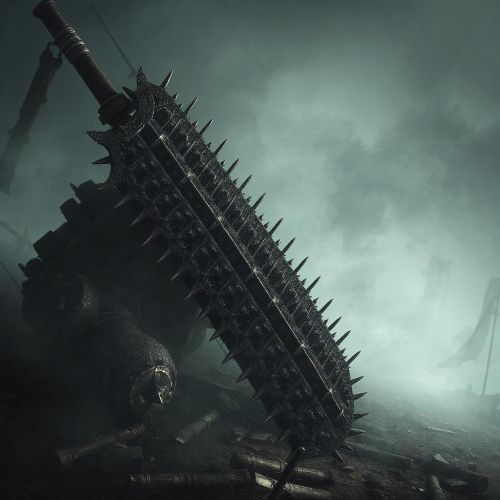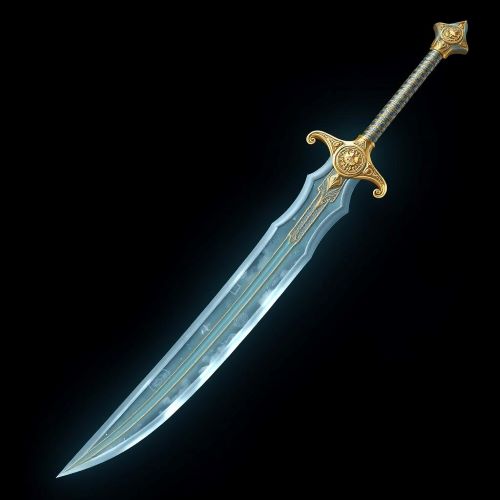Leiomano : The Shark Toothed Weapon
Introduction
Hawaiian mythology is filled with legendary weapons, each carrying deep cultural and historical significance. One such weapon is the Leiomano, a remarkable example of Hawaiian craftsmanship and ingenuity. Known as the shark-toothed club, this traditional weapon reflects the warrior ethos of ancient Hawaiians while symbolizing their profound bond with the ocean and its formidable creatures.
Origins
The Leiomano is a striking example of Hawaiian ingenuity, blending natural materials with expert craftsmanship. Made from durable native woods like koa or okahala, its defining feature is the row of razor-sharp shark teeth, often sourced from the formidable tiger shark. These teeth are meticulously secured using coconut fibers, ensuring both durability and lethality.
More than just a weapon, the Leiomano held deep cultural significance. Its name, meaning “shark’s lei,” reflects both its construction and symbolic weight. Warriors and chiefs wielded it not only in battle but also as a mark of status and prestige. The craftsmanship behind each piece showcased the artistry and resourcefulness of the Hawaiian people, reinforcing their connection to both land and sea.
Think you know your myths and legends? Dive into the world of ancient stories and test your knowledge with our engaging quizzes on Mythlok!
Powers
In Hawaiian mythology, the Leiomano was more than just a weapon—it was a conduit of spiritual power and warrior prestige. Reserved for elite fighters, it represented not only physical strength but also a deep connection to the ocean’s formidable spirit. The shark teeth embedded in its wooden frame were believed to channel the ferocity of the shark, a revered creature in Hawaiian culture, granting its wielder enhanced prowess in battle.
Beyond warfare, the Leiomano held ceremonial importance, symbolizing protection, ancestral ties, and cultural identity. Warriors performed rituals to bless their weapons, calling upon the guidance of their ancestors and the forces of nature. The craftsmanship and materials infused it with both practical lethality and sacred significance, making it a powerful emblem of Hawaiian strength and tradition.
Owners/Users
Throughout Hawaiian history and mythology, the Leiomano was closely associated with elite warriors and high-ranking chiefs, known as aliʻi. These individuals trained extensively to master the weapon’s unique slashing and thrusting techniques, reinforcing their dominance on the battlefield. As a mark of status and martial skill, the Leiomano was often reserved for the most accomplished fighters.
Beyond human warriors, the weapon is also linked to Hawaiian deities and legendary heroes, further elevating its significance. In myth, gods are sometimes depicted wielding the Leiomano, symbolizing divine power and warrior strength. Perhaps the most famous historical user was King Kamehameha I, whose mastery of traditional Hawaiian weapons, including the Leiomano, contributed to his unification of the islands. His strategic brilliance and command over such weapons solidified his legacy as one of Hawaii’s greatest leaders.
Instances used
The Leiomano holds a revered place in Hawaiian history and mythology, featuring in tales of both legendary warriors and divine figures. One well-known story recounts the bravery of the “Oʻahu Eight,” a band of warrior chiefs who defended their land against invading Maui forces. Armed with Leiomanos, they fought with skill and resilience, demonstrating the weapon’s deadly efficiency in hand-to-hand combat.
Beyond historical conflicts, Hawaiian folklore elevates the Leiomano to a sacred status, associating it with demigods and celestial warriors. These stories emphasize the weapon’s dual role—not only as an instrument of war but also as a link between humans and the divine. Even in modern times, the Leiomano remains a powerful cultural symbol. Artisans continue to craft replicas, ensuring that its legacy endures in Hawaiian ceremonies and traditions, celebrating both its martial prowess and spiritual significance.
Frequently Asked Questions
Lorem ipsum dolor sit amet, consectetur adipiscing?
Lorem ipsum dolor sit amet, consectetur adipiscing elit. Praesent convallis vestibulum justo, ac tincidunt nunc vehicula quis. Nullam id dolor quis orci malesuada feugiat. Curabitur aliquet libero at urna ullamcorper, ac ultricies nulla dapibus.
Lorem ipsum dolor sit amet, consectetur adipiscing?
Lorem ipsum dolor sit amet, consectetur adipiscing elit. Praesent convallis vestibulum justo, ac tincidunt nunc vehicula quis. Nullam id dolor quis orci malesuada feugiat. Curabitur aliquet libero at urna ullamcorper, ac ultricies nulla dapibus.
Lorem ipsum dolor sit amet, consectetur adipiscing?
Lorem ipsum dolor sit amet, consectetur adipiscing elit. Praesent convallis vestibulum justo, ac tincidunt nunc vehicula quis. Nullam id dolor quis orci malesuada feugiat. Curabitur aliquet libero at urna ullamcorper, ac ultricies nulla dapibus.
Lorem ipsum dolor sit amet, consectetur adipiscing?
Lorem ipsum dolor sit amet, consectetur adipiscing elit. Praesent convallis vestibulum justo, ac tincidunt nunc vehicula quis. Nullam id dolor quis orci malesuada feugiat. Curabitur aliquet libero at urna ullamcorper, ac ultricies nulla dapibus.
Lorem ipsum dolor sit amet, consectetur adipiscing?
Lorem ipsum dolor sit amet, consectetur adipiscing elit. Praesent convallis vestibulum justo, ac tincidunt nunc vehicula quis. Nullam id dolor quis orci malesuada feugiat. Curabitur aliquet libero at urna ullamcorper, ac ultricies nulla dapibus.
Watch
Source
Pukui, Mary Kawena, and Samuel H. Elbert. Hawaiian Dictionary: Hawaiian-English, English-Hawaiian. University of Hawaii Press, 1986.
“Leiomano.” Hawaiian Weapons. Retrieved from
“Traditional Hawaiian Weapons.” Hawaiian Mythology. Retrieved from
Leiomano Sword: Unveiling the Mystique of Ancient Hawaiian Warfare. (2024). Retrieved from https://minikatana.com/blogs/main/leiomano-sword-unveiling-the-mystique-of-ancient-hawaiian-warfare
Hawaiian War Clubs (Leiomano) – Kailua Trophy & Engraving. (2024). Retrieved from https://808engraving.com/hawaiian-war-club/
Leiomano – Wikipedia. Retrieved from https://en.wikipedia.org/wiki/Leiomano
Hawaiian Folk Tales: A Collection of Native Legends. (1998). Retrieved from https://www.gutenberg.org/files/18450/18450-h/18450-h.htm


